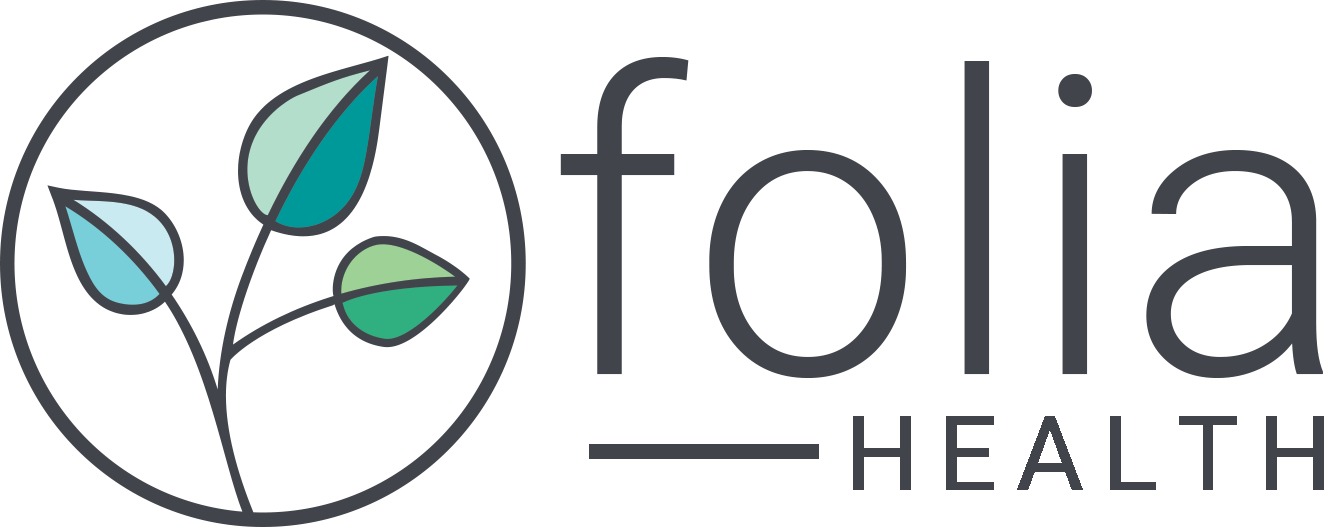Navigating acute episodes as a caregiver
Christina joined Folia in May, and she shares about her family’s recent hospitalization
We are on the cusp of 2020 and I shake my head thinking about the number of “Healthcare 2020” strategy sessions I've witnessed over my career. Despite our efforts to build a Healthcare of the Future, it seems suspiciously familiar. Our family's latest acute episode (I am writing this from a hospital bed with my left thumb as I hold my napping toddler) highlights how much of healthcare has not changed in 15 years.
Disregarding the Mom Gut
Parent caregivers will recognize this: I knew in my gut that something wasn’t right, but I was dismissed by the on-call clinician. The implication was that I was overreacting to normal symptoms and should stop calling. I persisted knowing that I would then be labeled the “difficult” mom, but once they saw her they realized she needed to go to the ER right away.
I recognize that unnecessary treatment and overconsumption of healthcare are driving healthcare spend to unsustainable levels, but I’ve had too many experiences where the pendulum has swung too far in the opposite direction.
Shortcomings of the Medical Record
During our first 12 hours in the hospital, I had to give our medical history 7 times. The last 3 were especially painful as it was 11:15pm and we were finally admitted into a room after a 7 hour wait.
Additionally, because of a test ordered a year ago due to a misdiagnosis, several clinicians wrongfully assumed that we had a condition and wanted to prescribe inappropriate treatment. Once I explained the reason why that test was ordered, they adjusted their clinical assessment.
Despite digitized medical records and interoperability between my ped and the hospital, the EHR is still an ineffective method of communicating the important pieces of our medical history in an actionable manner.
Inconsistent and Variable Care
The realities of a teaching hospital and the shift-based nature of hospital work mean that there are multiple handoffs during a hospitalization. We have yo-yoed between conflicting direction, partly because care is still so variable from clinician to clinician and partly because so many protocols don’t make sense with the realities of life (especially #toddlerlife - you really won’t let me give her steamed peas or sliced apples because they are a choking hazard? Really??). Add in the insurance company’s perspective, and then we’re dealing with dozens of opinions on what is the appropriate course of action.
An incentive spirometer measures depth of a person’s inhale - but is a poor incentive for a young child.
What is our path forward?
I believe the biggest opportunity to align all stakeholders on the best course of action and actually improve outcomes is to incorporate the realities of life lived outside the four walls of the hospital or doctor’s office. That can range from adjusting diagnosis and treatment to factor in a patient’s actual at-home baselines or trends, to more practical things like allowing an undernourished toddler to be fed foods that are familiar to her (and FYI even the AAP says sliced apples and cooked peas are appropriate for toddlers!)
I joined Folia because we are building a way to document the Mom Gut (and Mom brain) in a clinically useful way, and fill in the gaping hole in data that isn’t addressed by the EMR and claims. And we are doing it in a way that recognizes patient and caregiver contributions to this new dataset.
If you are a healthcare organization who has a similar mission to leverage these Home Reported Outcomes to improve healthcare, find us at the HLTH Conference in the AARP Innovation Booth (Booth #565).
I’m hoping someone at HLTH has figured out how to get a Happy Meal delivered to my hospital room. Bonus points if you can get us the Mermaid Hello Kitty toy.


